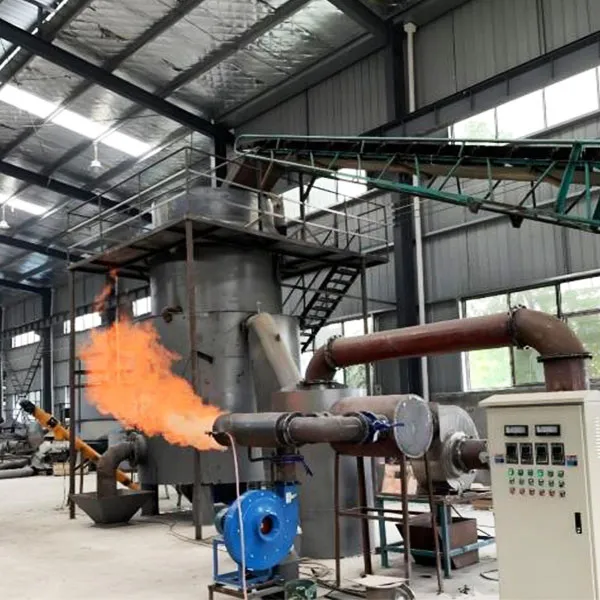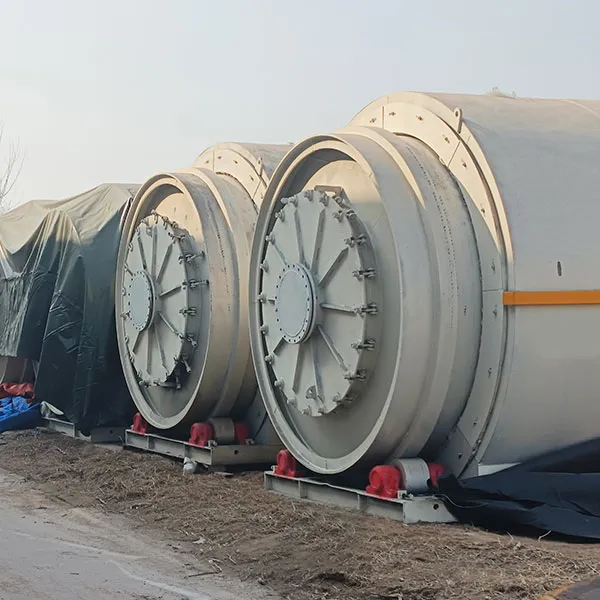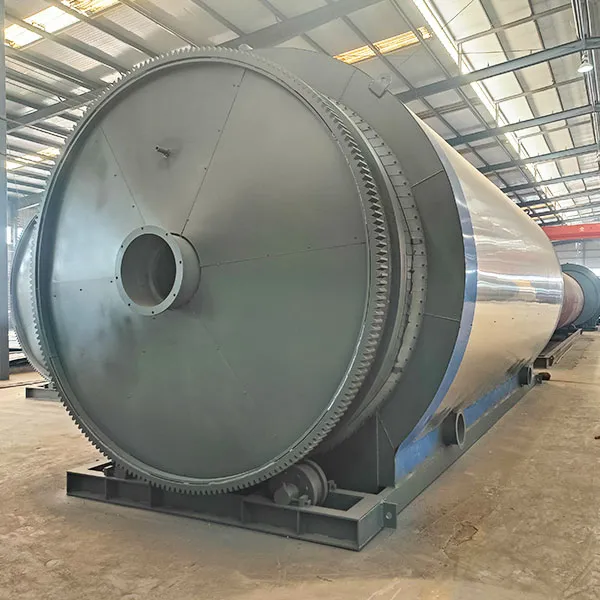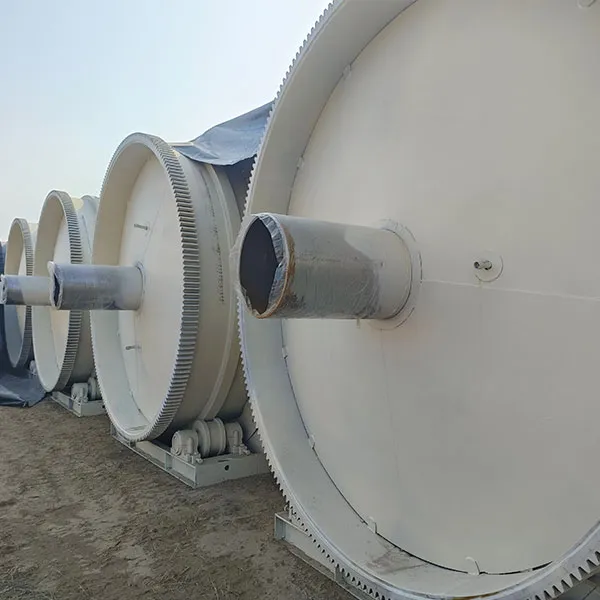What plastics can be used in pyrolysis
2025-07-28 10:40:01
Pyrolysis is a process that thermally decomposes plastic waste in the absence of oxygen to produce fuels, chemicals, and other valuable products. Not all plastics are equally suitable for pyrolysis, but the following types are commonly used due to their high hydrocarbon content and good conversion efficiency:
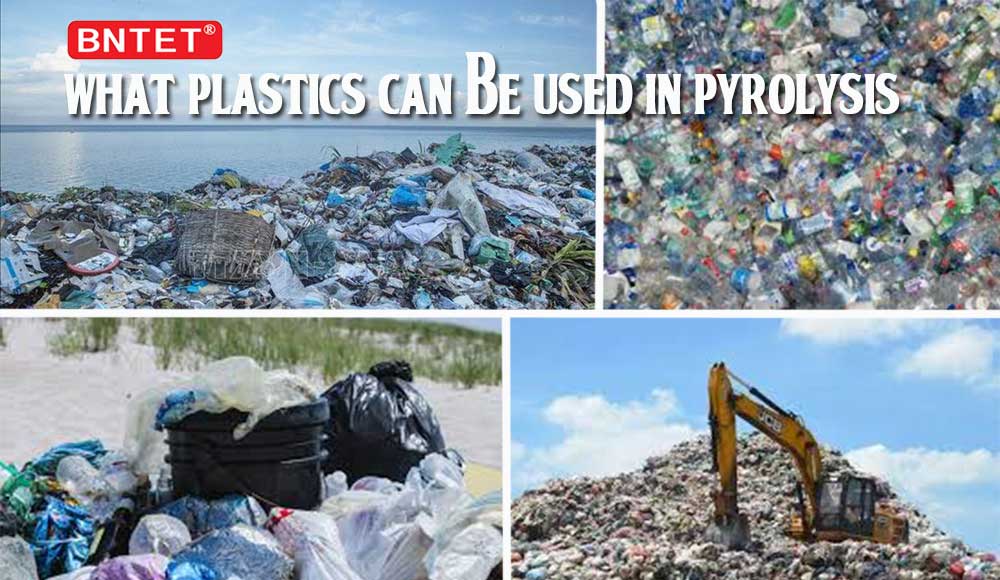
1. Polyolefins (Best for Pyrolysis)
These are the most suitable plastics for pyrolysis due to their simple hydrocarbon structure:
Polyethylene (PE)
Low-Density Polyethylene (LDPE) – Used in plastic bags, films, and packaging.
High-Density Polyethylene (HDPE) – Found in bottles, containers, and pipes.
Polypropylene (PP) – Used in food containers, automotive parts, and packaging.
Pyrolysis Output: High yield of liquid oil (similar to diesel), wax, and gas.
2. Polystyrene (PS)
Found in disposable cups, food packaging, and insulation materials.
Pyrolysis breaks it down into styrene monomers, which can be reused.
Pyrolysis Output: High styrene yield, some liquid oil, and gas.
3. Polyethylene Terephthalate (PET) – Limited Use
Commonly used in water bottles and textiles.
Not ideal for pyrolysis because it contains oxygen, leading to more acids and tar.
Requires additional treatment to remove contaminants.
4. Polyvinyl Chloride (PVC) – Avoid in Pyrolysis
Contains chlorine, which releases toxic hydrochloric acid (HCl) and dioxins during pyrolysis.
Can corrode equipment and pose environmental hazards.
5. Mixed Plastics (With Caution)
Can be processed but requires sorting to remove PVC and other contaminants.
Lower-quality oil output due to impurities.
Best Plastics for Pyrolysis (Ranked)
PE (LDPE & HDPE) – Highest oil yield.
PP – Good oil yield, slightly lower than PE.
PS – Good for styrene recovery.
PET – Low efficiency, requires pretreatment.
PVC – Avoid due to toxic emissions.
Conclusion
For optimal pyrolysis results, focus on polyolefins (PE & PP) and avoid PVC. Mixed plastic waste should be pre-sorted to maximize efficiency and minimize harmful byproducts.
Would you like details on pyrolysis conditions (temperature, catalysts, etc.)?


